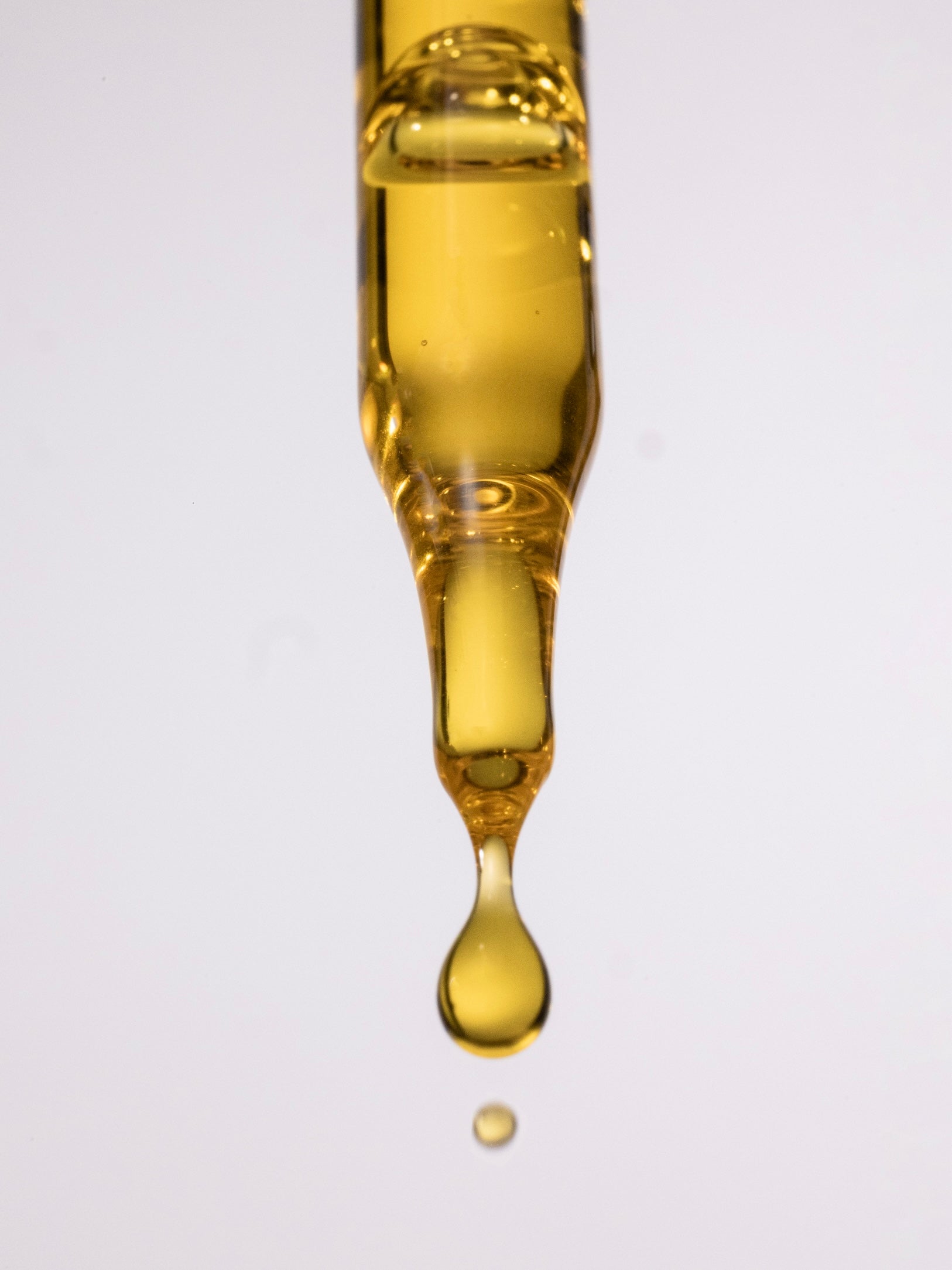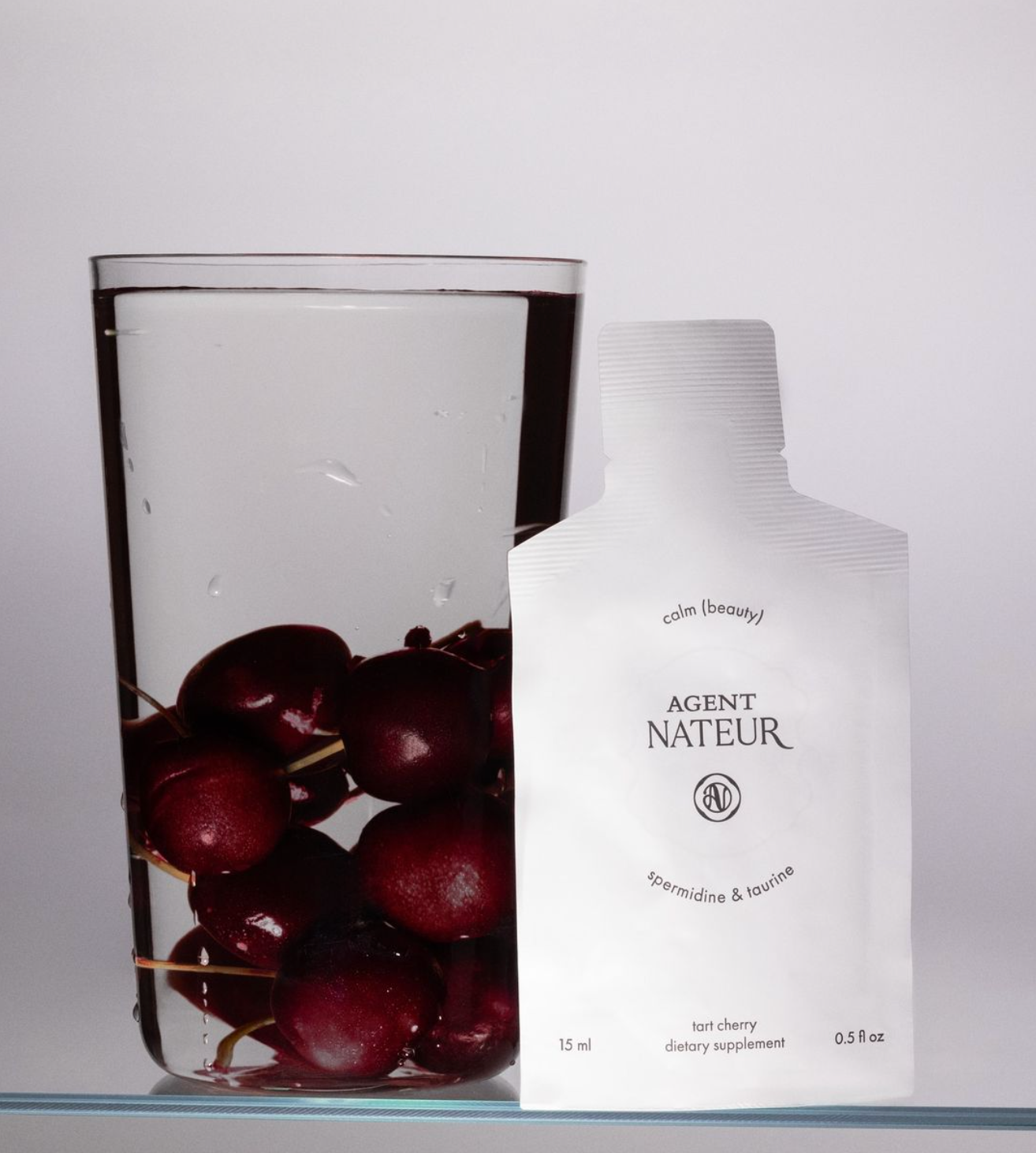The combo that is scientifically proven to reduce aging (NAC & Glycine)

Everyone wants to live longer but for some, battling the aging process becomes something not to be feared but instead, a calculated and exciting part of their wellness routine when they understand that humans can start to repair and reverse the root cause of aging at a cellular and biochemical level.
If you haven’t already checked out my Instagram Live with Harvard Medical Scientist David Sinclair, you can find the transcript here where David and I discuss the crazy advancements that he and his Harvard team are making to reverse aging (in as little as four weeks). You can also read this here on the power of NMN as one of the most revolutionary anti-aging supplements and interventions out there at the moment.
Today, however, we’re looking at the powerful combination of NAC & Glycine on the cellular drivers of aging.
But to understand the power of NAC & Glycine, you need to understand the basics of aging
We like to call Mitochondria the powerhouses of each and every cell in our body. They create ATP (the chemical energy molecule that is needed to power all of the processes in our body) and keeping everything ticking over as it should.
The function of these mitochondria (found in every cell in the body) declines with age and over time they become weaker. This means less energy production meaning the aging process commences as the processes in the body become less well powered.
On top of this, when these mitochondria do their job and produce their energy, they create waste products known as free radicals. These highly reactive molecules (known as reactive oxygen species) do damage to the body, so the body and its cells depend on antioxidants like glutathione) to neutralize the free radicals swarming the body.
Manipulating compounds in the body that can improve this mitochondrial power and offset this process of damage and weakening is not new - and the powerful combination of glycine & N-acetylcysteine (NAC) is one duo that holds the power to do this.
First, what is Glycine?
Glycine is an amino acid.
It's a building block in the body that builds certain proteins - particularly collagen which then makes up all kinds of skin, muscles, bones, cartilage, and ligaments, among other things.
Among other things, it also has a ton of benefits in the anti-aging context:
- It’s a building block required for our body to create the powerful antioxidant, glutathione;
- It can help to reduce levels of oxidative stress in the body (a key driver of aging);
- It acts as a protein accumulation driver, protecting proteins against damage and accumulation (another key driver of aging);
- It supports mitochondrial health and power by having a positive impact on the mitochondrial epigenome (these mitochondria act as signaling messengers that can tell the genome which mitochondrial genes to turn on or off);
- It reduces inflammation by reducing the creation of advanced glycation end products (known as AGES) which make cells / skin / tissues and blood vessels in the body ‘stiffer’.
What is N-Acetylcysteine?
Like Glycine, N-acetylcysteine (NAC), is the supplement form of the amino acid cysteine. Cysteine is a sulfur-containing amino acid and also helps in the anti-aging context due to it being:
- A powerful antioxidant that is also a precursor to glutathione;
- With the potential to trap reactive oxygen species (known as ROS - that we see as a result of oxidative stress on the body).
Cysteine can’t be absorbed into the cells in the body, so NAC is often used as the supplement version of cysteine instead.
When used or referenced together, they’re now being referred to as ‘GlyNAC’.
How do they work together?
We now know that aging is connected with increased levels of oxidative stress, inflammation, free radical generation, and weakening in mitochondrial power (known as mitochondrial dysfunction).
Together, GlyNAC holds the potential to be a powerful supplement in this battle against these age-related processes.
Let’s talk studies
A recent 2021 study in the journal of Clin Transl Med looked into the power of supplementing with GlyNAC. The study, while only small scale, showed that taking GlyNAC for 24 weeks (5 months) demonstrated specific and identifiable improvements in:
- Oxidative stress;
- Mitochondrial dysfunction;
- Inflammation;
- Insulin resistance;
- Endothelial dysfunction (a type of non-obstructive coronary heart disease);
- Muscle strength;
- Genomic toxicity (how toxic our genome is);
- Gait speed (this means the time it takes to walk a certain distance);
- Exercise capacity; and
- Cognitive function.
What this means is that the power of glycine and NAC together not only positively impacts a number of the key drivers behind the aging process (such as oxidative stress, mitochondrial dysfunction, and inflammation) but it also contributes to positive changes and impacts in other areas of the body that also may decline as one gets older.
The team behind the study also earlier reported that, in a study on young mice, a glutathione deficiency resulted in notable mitochondrial dysfunction - and that supplementing with GlyNAC also showed that it improved the glutathione deficiency of the mice- as well as improved strength of mitochondria. The findings add up.
The professors behind the study now refer to the GlyNAC supplement as the ‘Power of Three’ because the combined power, strength, and benefits of glutathione, NAC & glycine have powerful and far-reaching effects on so many different parts of the aging process.
The results reported in this human study (while small) also appear interesting because they also show that they improve markets of age-related chronic inflammation - something which drives disease and autoimmune disease for millions of people around the world.
So, taking GlyNAC is the solution?
Before jumping into solutions mode, it's good to understand that supplementing everything isn't the only answer.
It is well known that exercise is known to increase glutathione levels too - so historically it has been questioned as to whether exercise does the same job as supplementing with products that do the same job.
In 2007, a study looked at this question by monitoring red blood cells when looking at glutathione supplementation vs. exercise.
The study showed a +25% increase in glutathione via exercise (against a +100% increase from supplementation)
The difference is clear - exercise helps, but supplements can go the distance.
This study proposed that there is value in these studies being completed on a larger scale to conclude these results at scale.
Next steps?
We are one step closer than ever before to a comprehensive solution of effective decisions that can slow or reverse aging for those who want to make the investment.
For us at Agent, adding the combination of glycine and NAC to our list of supplements we are considering in the battle against physical and mental decline is a given.
Supplementing with a high-quality source of whatever you choose is really really important. Be sure to consult with your doctor prior to starting any self-supplementation or new wellness regimes.
***THESE STATEMENTS HAVE NOT BEEN APPROVED OR REGULATED BY THE FDA. WE ARE NOT DOCTORS, THEREFORE ALWAYS CONSULT WITH YOUR DOCTOR FIRST.





